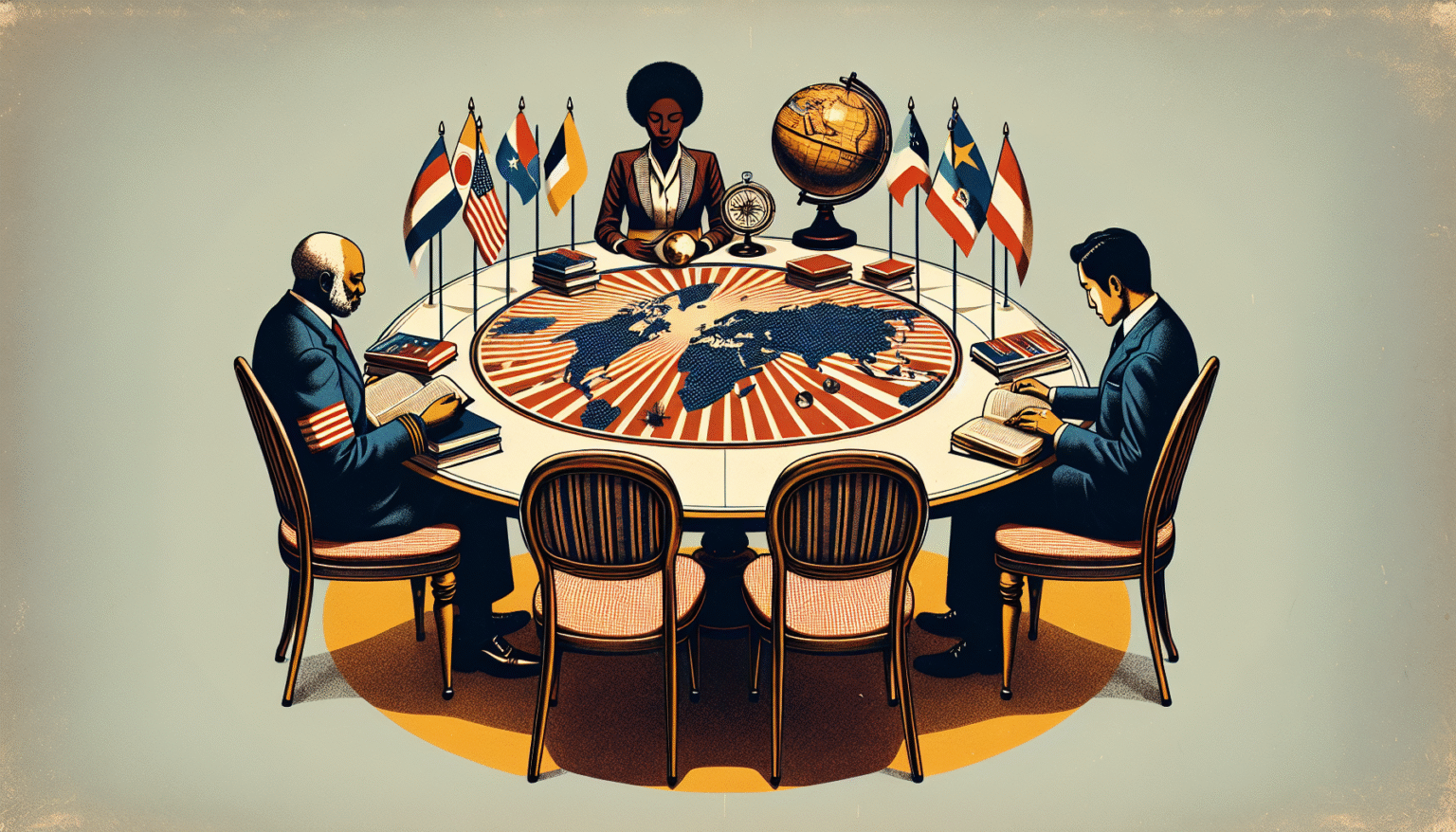Understanding Multipolarity in Global Relations
The concept of multipolarity finds its roots in international relations, where multiple states hold significant power rather than a world dominated by a single superpower. Historically, the world has oscillated between unipolarity and multipolarity, with post-Cold War dynamics significantly leaning towards unipolarity under the United States. However, as the 21st century progresses, the emergence of multiple influential states signals a transition towards a multipolar world.
The Current Landscape of Power Dynamics
The current global landscape is characterized by the rise of major powers, including China, Russia, the European Union, and India, each asserting its influence over regional and global affairs. China’s Belt and Road Initiative, Russia’s strategic military interventions, and India’s growing economic clout exemplify this shift. This emerging multipolarity creates new opportunities for diplomatic engagement but also introduces heightened complexity in global governance.
The United States: Adaptation and Strategy
Historically, the United States has wielded immense power following the dissolution of the Soviet Union, defining its foreign policy in a way that emphasized its leading role in global security and economic frameworks. However, with the rise of other nations, the U.S. faces the challenge of adapting its strategies to maintain its influence. The U.S. military presence globally, economic sanctions, and participation in multilateral organizations are essential components of this adaptation.
Economic Competition: The Trade Wars
Economic rivalry is increasingly defining geopolitical relations. The U.S.-China trade war, which commenced in 2018, underscores the competitive relationship between the two nations. Tariffs and trade barriers fueled discussions about supply chain resiliency and technological independence. As the U.S. seeks to counter Chinese economic dominance, it also prompts discussions on economic decoupling and the implications for global trade networks.
Military Alliances and Strategic Partnerships
The United States remains a cornerstone of several military alliances, such as NATO, which solidifies its role in a multipolar world. These alliances are crucial for collective security, deterring aggression from rival states, and ensuring a balance of power. Additionally, partnerships in the Indo-Pacific region, including the Quad (comprising the U.S., India, Japan, and Australia), illustrate the U.S. strategy of counterbalancing China’s influence. By enhancing military and economic cooperation, these nations seek to uphold regional stability and promote democratic values.
Technological Rivalry and Cybersecurity
Technology is a critical aspect of contemporary geopolitics. The digital domain has emerged as a new battleground for influence and security. The United States strives to maintain its technological edge over rivals, particularly China. Issues surrounding cybersecurity, intellectual property theft, and technology transfer have made technology a focus of geopolitical contention. The development of 5G technology and innovations in artificial intelligence become central to national security discussions.
The Role of International Institutions
International organizations, such as the United Nations (UN), the World Trade Organization (WTO), and various regional bodies, play a pivotal role in navigating the complexities of a multipolar world. The U.S. engagement in these institutions underscores its commitment to a rules-based international order. By participating in multilateral negotiations, the U.S. can foster collaboration on global challenges such as climate change, public health, and conflict resolution.
The Importance of Soft Power
Soft power, defined by Joseph Nye as the ability to influence others through attraction rather than coercion, is a significant instrument within U.S. foreign policy. Cultural exchange, diplomatic initiatives, and international education programs enhance America’s global standing. The portrayal of U.S. values, including democracy and human rights, influences how other nations perceive American leadership in a multipolar world.
Regional Dynamics and the Global South
The rise of the Global South is another defining element of multipolarity. Nations in Africa, Latin America, and Asia are increasingly asserting themselves on the world stage. The U.S. must engage with these regions through strategic partnerships, recognizing their potential as emerging markets and geopolitical players. Investments in infrastructure, education, and sustainable development can help reinforce U.S. presence while contributing to global stability.
Environmental Challenges and Global Governance
Addressing climate change necessitates multilateral cooperation, presenting both a challenge and an opportunity for U.S. leadership. International agreements, such as the Paris Accord, highlight the need for collective action on environmental issues. The U.S.’s commitment to reducing carbon emissions and participating in global environmental initiatives will significantly affect its standing in a multipolar world, influencing how other nations respond to U.S. leadership.
Challenges Ahead: Balancing Power
Despite the multifaceted opportunities within a multipolar framework, challenges loom large. The U.S. must navigate tensions with adversaries like Russia and China while managing alliances with European and Asian partners. The risk of miscalculations leading to conflicts underscores the need for diplomatic engagement. Balancing power among various global players requires a nuanced understanding of each state’s aspirations and constraints.
The Role of Public Opinion and Domestic Politics
Internal factors, including public opinion and political dynamics, greatly influence foreign policy. A divided political landscape in the U.S. complicates the ability to forge a coherent long-term strategy in response to the evolving geopolitical environment. Public support for foreign interventions, economic sanctions, and international commitments can significantly shift, impacting U.S. capabilities in a multipolar world.
Conclusion: A Dynamic Future Ahead
As the geopolitical landscape continues to evolve, the United States finds itself at a crossroads. The emergence of a multipolar world presents both opportunities for collaboration and challenges in confronting rival powers. By strategically leveraging its military, economic, and soft power resources, the U.S. can affirm its role as a lead actor in a complex web of international relations. Thus, navigating this dynamic future will require foresight, agility, and a commitment to cooperative engagement among diverse global actors.






